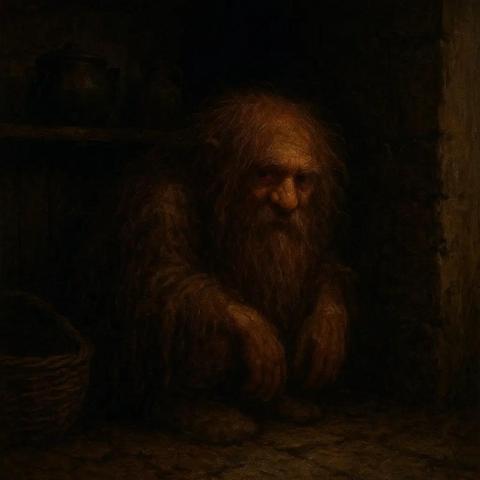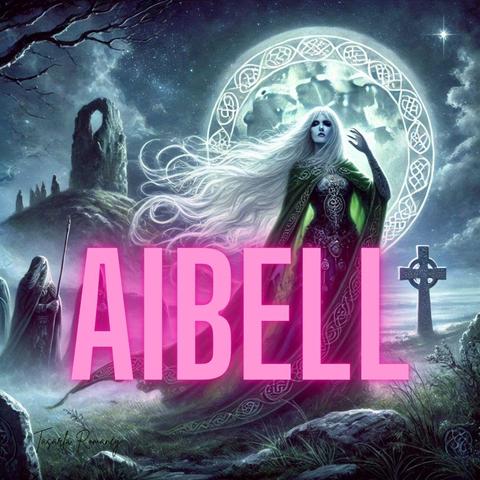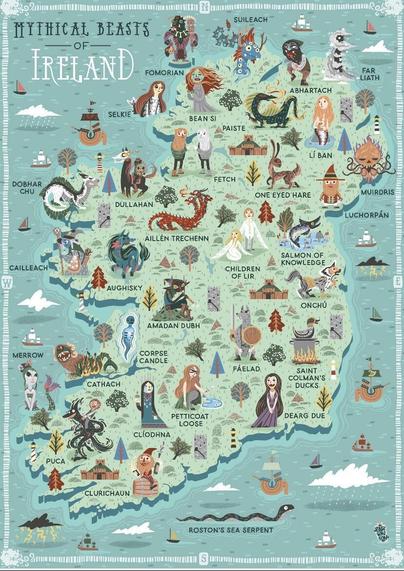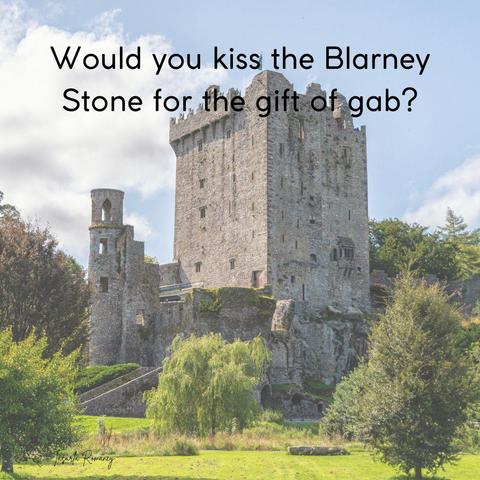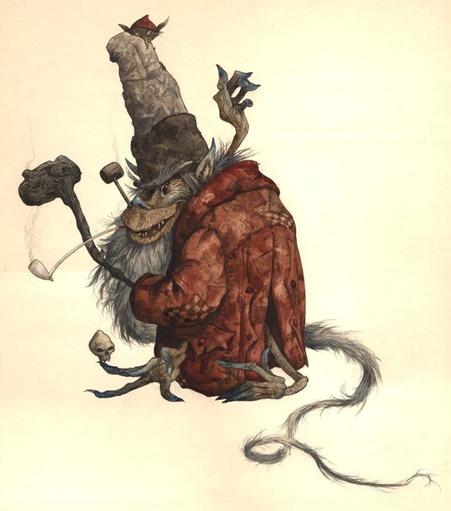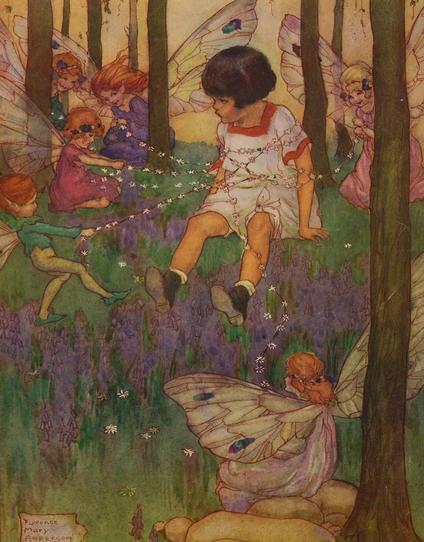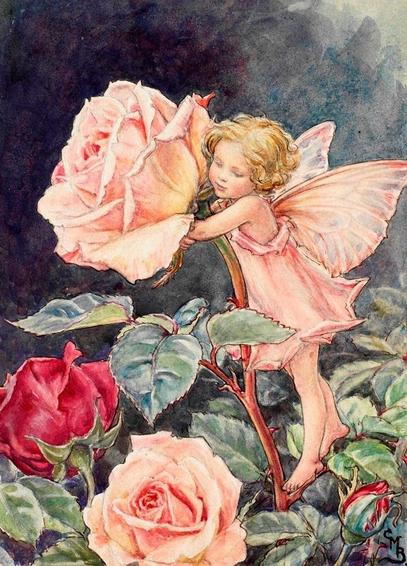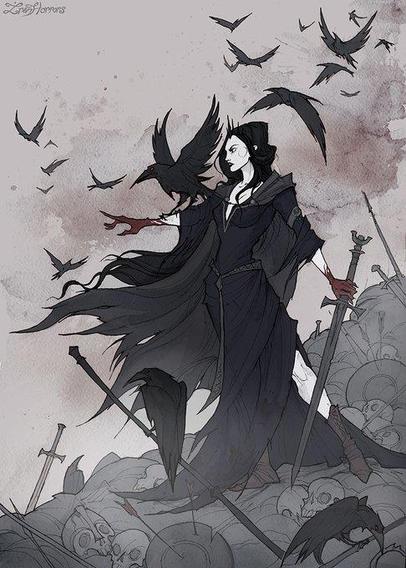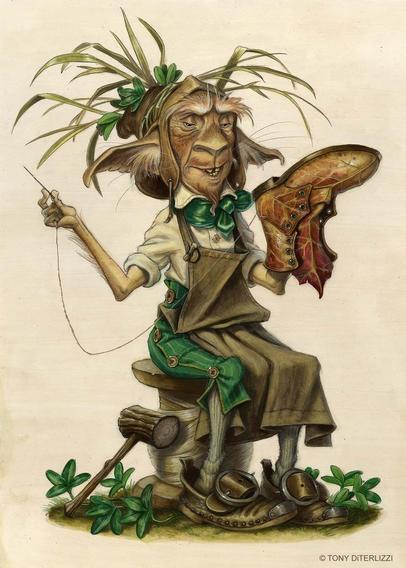The Grogoch — Hairy Helper of Hearth and Hill
He smells like damp earth, pipe smoke, and old goatskin.
He leaves muddy footprints in your kitchen and half-finished chores in your barn.
You never see him come or go. But if your house is warm and your heart kind—
he stays.
The Grogoch is a peculiar fae being found in the folklore of Ulster, the Isle of Man, and parts of the Scottish Highlands. Though rarely seen, he is often heard shuffling about, muttering to himself in a thick dialect, and performing quiet labours for those he favours.
He is part house spirit, part wild fae, and wholly his own strange breed.
A Coat of Filth and a Heart of Gold
Grogochs are described as short, hairy, and utterly unkempt. Their bodies are often covered in a mix of coarse hair, grime, and soot. They wear no clothes, or occasionally wrap themselves in animal skins—more for habit than modesty. In appearance, they sit somewhere between a satyr and a dishevelled hobbit, though with far less charm and far more tang.
Despite their appearance, the Grogoch is fiercely loyal, often taking a liking to rural households—particularly farmers, crofters, and those who live close to the land. He might help churn butter, harvest crops, or light fires, working unseen during twilight or after midnight. But don’t thank him. Gratitude breaks the spell.
(Folklore Society, 1895; Briggs, 1976)
Origins Across the Sea
The Grogoch’s roots likely stretch from Irish and Scottish brownie lore, blending with Manx fae traditions as communities and myths migrated across the Irish Sea. The name "Grogoch" may derive from Gaelic terms for a dirty or rustic fellow, and in some legends, he’s said to travel between Ireland and the Isle of Man, living in caves, hollow trees, or ruined buildings.
Unlike many fae, he isn’t dangerous—though he is unpredictable, and highly sensitive to insult. Offering him clothing, for example, will drive him away forever. Mock his smell or habits, and he’ll vanish without a trace. But treat him as part of the house, and he may stay for years.
(MacCulloch, 1911; Rhys, 1901)
Wilder Than a Brownie, Kinder Than a Troll
The Grogoch belongs to that rare class of folklore beings who are earthy, domestic, and benevolent, but retain a wild edge. He doesn’t live in walls or under stairs like brownies—he comes and goes with the wind, the season, the spirit of the hearth. Some say he only visits houses that remind him of the old ways, when hospitality was sacred and bread was shared with strangers.
In Manx lore, people would leave out food or quietly acknowledge his presence without making a fuss. His departure was mourned, but never spoken aloud. In this way, he was treated not as a pet or servant, but a spiritual neighbour—a fellow creature of the land.
A Fae for the Forgotten Folk
In an age of concrete and noise, the Grogoch is rarely seen. But in quiet places—windswept farms, peat bogs, old stone cottages—some still leave a corner of the hearth undisturbed. Just in case.
Because if you’re very lucky,
and a bit lonely,
and not too clean,
he might come in from the rain.
---
References
Briggs, K. (1976). A Dictionary of Fairies. Penguin Books.
Folklore Society. (1895). Folk-Lore: A Quarterly Review of Myth, Tradition, Institution, and Custom.
MacCulloch, J. A. (1911). The Religion of the Ancient Celts.
Rhys, J. (1901). Celtic Folklore: Welsh and Manx. Clarendon Press.
Wikipedia contributors. (2025, April). Grogoch. In Wikipedia, The Free Encyclopedia.
#Grogoch #ClassicLegends #IrishFolklore #ManxMythology #FaeButFriendly #WitchcraftCommunity #FolkSpirits #HearthAndHill #MythAndMagick #AncientEchoes #WiccanChef #FaeLore #LegendsSeries

